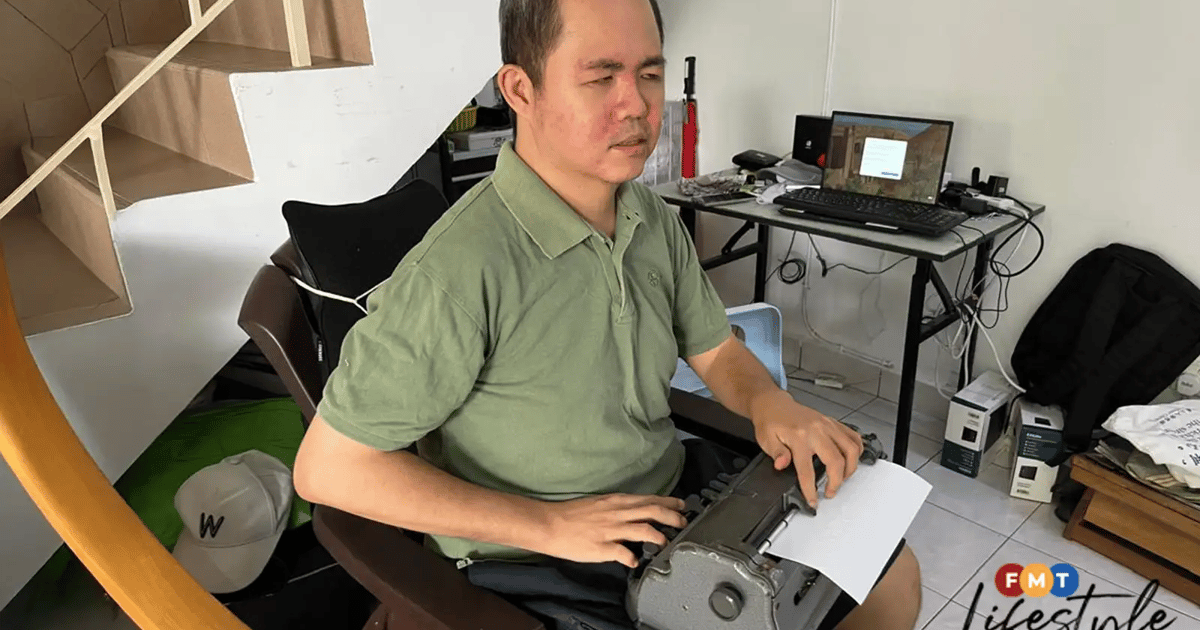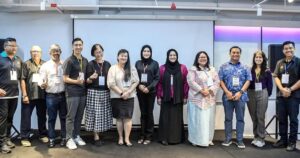
For over three decades, receptionist Tey Siong Tieng, 36, lived with severely impaired vision. Diagnosed with a degenerative eye condition when he was about four years old, he lived in a world of blurred shapes and hazy images.
Tey had resigned himself to never seeing clearly again. But then, he heard about a stem cell procedure that could help restore his vision. Figuring he had nothing to lose, he decided to try it out.
He made an appointment with the 23 Century Medical Group here, known for their use of Wharton’s Jelly-derived Mesenchymal Stem Cells (WJ-MSC) to help patients with retinitis pigmentosa, a rare eye condition that often leads to blindness.
After just four sessions, a delighted Tey has much clearer vision now. In fact, his vision is set to slowly improve over the next one to two years.
The procedure also revealed that he had cataracts, which doctors were been able to treat.
“Things are better now, and I am very happy to have taken this treatment. Everything feels very new to me now. I haven’t been able to see for years, so I am still getting used to everything,” Tey told FMT Lifestyle.

Tey can also read text now, and most importantly, is able to distinguish banknote denominations by their colour.
In the past, his poor vision often left him with frequent bruises from accidentally bumping into objects. Today, he has made remarkable progress moving around unaided.
While he still can’t identify people’s features clearly, Tey is able to distinguish body shapes now, something he had great difficulty with in the past. He hopes his improved vision will be helpful for his future plans to further his studies.
CEO and chief scientist of 23 Century Medical Group, Dr Angelina Tiah, said Tey received subtenon injections of 10 million umbilical cord stem cells into each eye. These stem cells would differentiate themselves into the rods and cones required for a patient to see.

“Where the retina cells have been regenerated, the light receptors are rebuilt, which allow the patient to see again within a short period of time. He or she will first be able to see light, then colours, and then his or her vision will slowly become clearer,” Tiah said.
Follow‑up imaging suggests there is possible regeneration of photoreceptor tissue, with no adverse effects at 12 months.
Tiah said they would continue to monitor Tey’s eyesight, and maintain it at positive levels. She said his sight would continue to improve until he could see up to a metre in front of him.
While Tey was not the first to undergo this procedure with them, he was among the fastest to show results, with improvements appearing within 24 hours, compared to about a week for many other patients.
Tiah said that vision-impaired patients interested in this procedure would first have to undergo an Optical Coherence Tomography (OCT) test, to confirm if the main cause of their blindness was retina damage.
If the vision impairment is the result of other causes, such as glaucoma or complications from diabetes or cancer, she recommended other procedures that were more direct and cost effective.

“It’s always a measure of benefits against the risks and potential side effects of the procedure,” Tiah said.
She added that 23 Century Medical Group’s approach combined stem cell manufacturing, clinical-grade quality control, and Shariah-compliant practices, all under one roof in their Kuala Lumpur-based facility certified by Malaysia’s NPRA and aligned with PIC/S standards.
For their efforts, the company was named “Stem Cell Therapy Centre for Vision Restoration of the Year (Malaysia)” at the GlobalHealth Asia-Pacific Awards 2025 in Bangkok.
Tiah said this stem cell procedure could mark a turning point in treating inherited blindness.
“We think this is definitely a positive development with the potential to help many people in future. It affirms that Malaysia is not only keeping pace, but in some areas leading the way in regenerative healthcare,” Tiah said.
“I also urge the public and regulators to gain more awareness about the potential of stem cells in treatments as they will lead the way forward for many future medical innovations,” she concluded.






